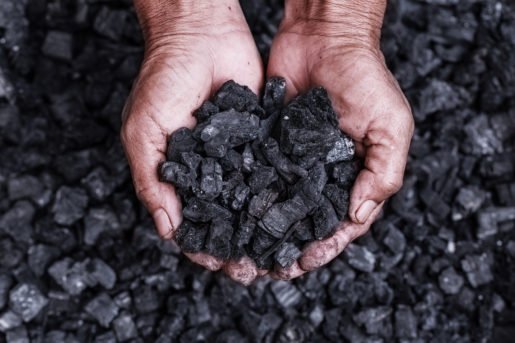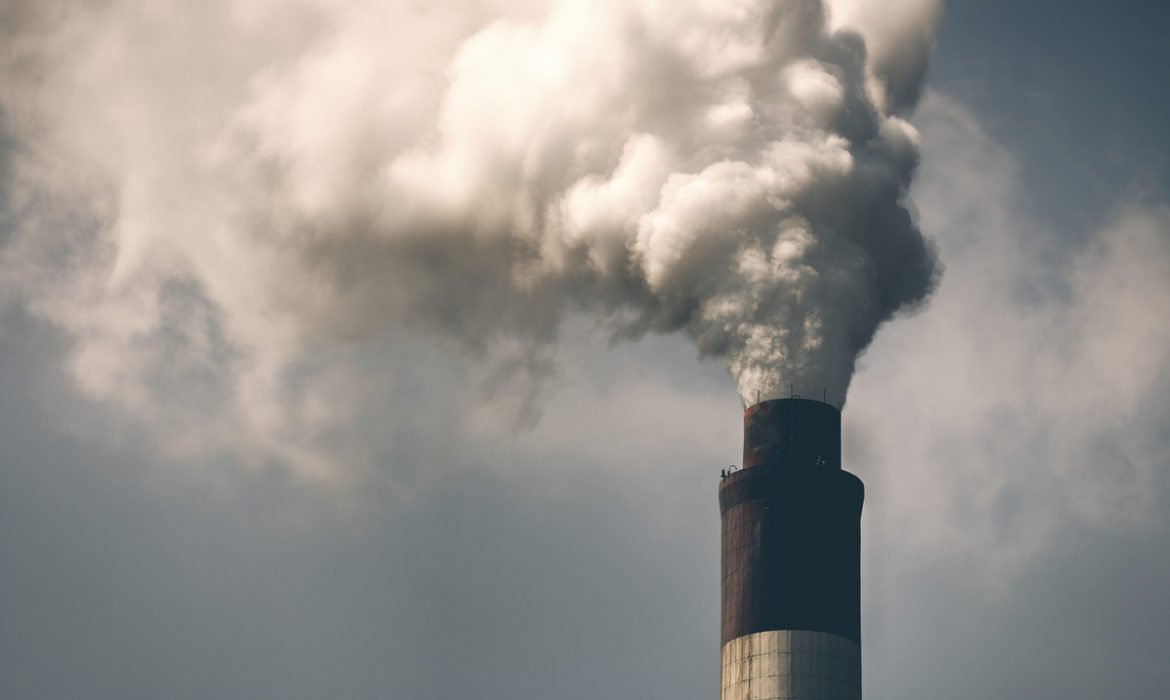Chinese government-controlled coal companies resumed operations. They are back at more than 95% of their size, the National Energy Administration (NEA) said on Sunday.
Lu Junling, head of the coal department at NEA, said the capacity resumption rate for all coal firms had reached 76.5%.
The unfavorable impact of the coronavirus outbreak on China’s coal production has been largely eliminated.
National Development and Reform Commission (NDRC) said energy supplies, including coal and oil, were largely sufficient. The majority of mines and refineries resumed operation.
Lu Junling said by Saturday the coal sector was running at 76.5% of capacity, which reached 3.17 billion tons.
Output came in at 8.33 million tons on the single day of February 22, doubling the production on February 1.
As of February 20, coal stockpiles at the country’s plants were adequate for 27 days of consumption. Those in Hubei, the epicenter of the COVID-19 outbreak, were enough for 54 days as of Saturday.

Stocks of both refined petroleum and natural gas remained high, with oil stockpiles exceeding 21.1 million tons by Friday.
Demand is set to take up with more business restoring activities. So, the NDRC pledged to monitor supply-demand changes in the energy sector carefully
The NDRC took measures to support enterprises’ resumption of work. It announced Saturday to lower enterprises’ electricity prices by 5% from February 1 to June 30. In contrast, enterprises in energy-intensive industries were excluded from the cut.
Presumably, the price-reduction policy will benefit about 50 million users. Also, it reduces companies’ power utilization cost by 59 billion yuan (8.4 billion US dollars) during that period.
China, the Largest Producer of the Material, Grows Its Production
Coal is the primary fuel for electricity production in the world. China is notable as the largest producer and consumer of this substance. Other manufacturers include the United States, India, Indonesia, Russia, South Africa, Germany, and Poland.
According to the National Bureau of Energy of China, total coal mining capacity at the end of the year amounted to about 1.5 billion tons. Coal is the primary energy source in China. Its application also covers the household sector.
Last year, the country produced more than 1.2 billion tons of coal, up 3.6% year-on-year. China’s Bureau of Energy statistics also shows China’s coal-fired power plants generated more than 1.2 trillion kWh of electricity last year, up 6% from a year earlier. In the last months of the year, the price of coal in China’s manufacturing sector grew by about 2%.
Nevertheless, many of China’s coal mines are famous for low safety. Manufacturers are refusing to enforce stricter safety laws to maintain production levels.
Also, coal plays a vital role as an unseen polluter. To meet the goals of the Paris climate change agreement, the UN estimates that the world needs to reduce coal-fired electricity by 2/3 in the next ten years. Despite its commitment to reduce fossil fuel consumption and remove excess capacity in the sector, the Chinese government decided to add another 5 million tons to its coal mines capacity. The country still has an insatiable appetite for energy.
















